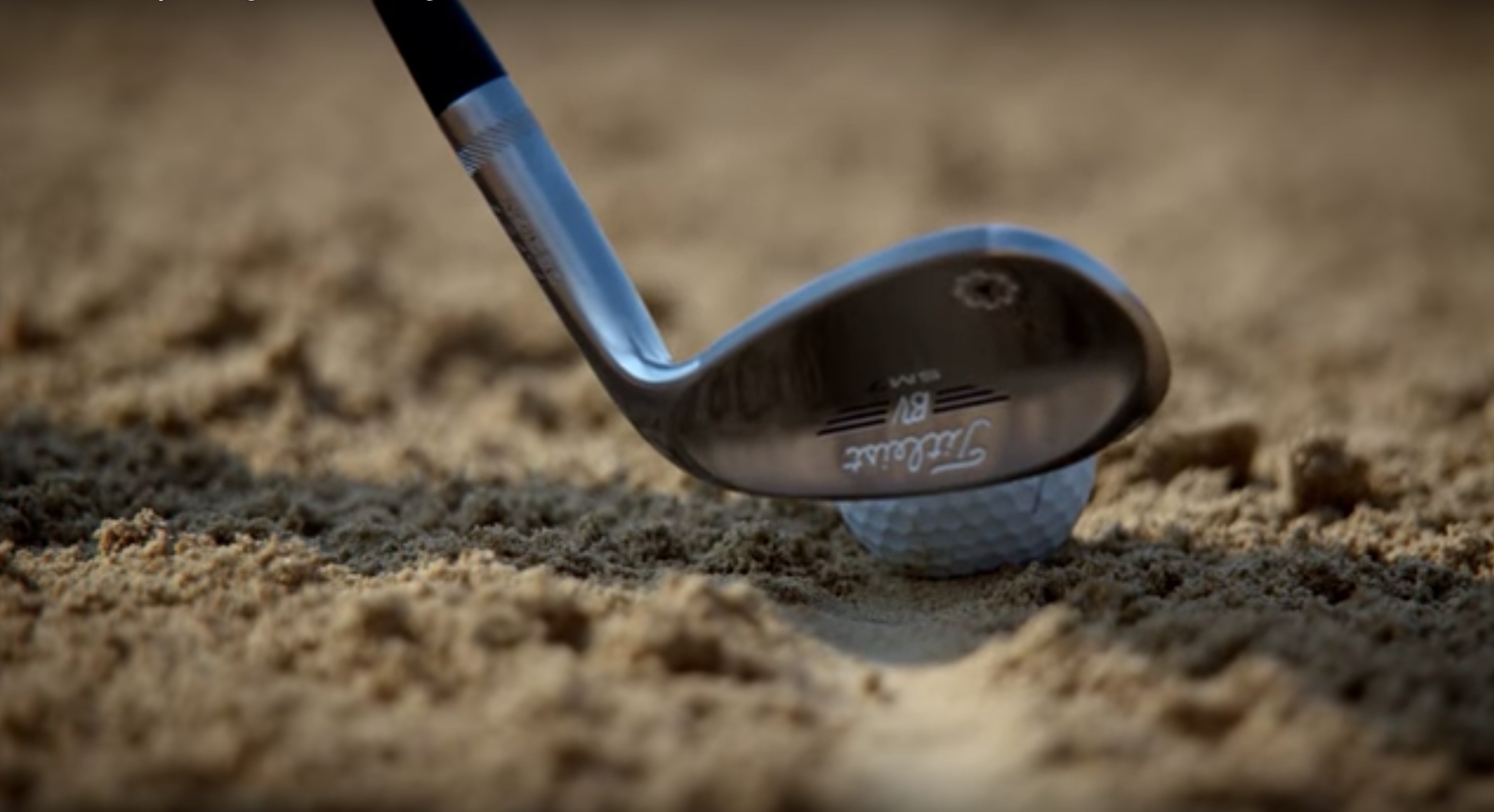

Without bounce, such a shot will generally cause the club to dig into the ground after it contacts the ball, even if executed correctly. The natural consequence of such a correctly executed shot is that the club face has less loft at contact, so the ball is launched at a lower angle for more distance. This in turn allows players more flexibility when addressing the ball the player can line the ball up in the centre of their stance and take a normal swing in which the club will skim over the turf before contact with the ball, or alternatively they can move the ball rearward in their stance (towards the right foot for a right-handed player) and strike the ball earlier in the swing. Second, the angled sole lifts the leading edge off the ground at the bottom of the swing, preventing the club from digging in to softer lies-e.g., sand, muddy ground, and thick grass-instead tending to skim over the surface. This design accomplishes three things:įirst, this design generally requires more material, which increases the weight of the club head for more momentum and places that weight low and forward in the club head for higher launches. A sand wedge however is designed with the sole of the club at an angle to the ground in the same position, lifting the leading edge of the club off the ground. On most other irons, the sole of the club is perpendicular to the shaft, meaning it is roughly parallel to the ground when the club is at rest, allowing the leading edge to get between the ball and the ground more easily. The main distinguishing difference of the club from most others, however, is a feature called bounce. It usually has one of the shortest shafts, between 33 inches (84 cm) and 36 inches (91 cm), though in some sets the sand wedge has a longer shaft than the pitching wedge. Traditionally it also had the highest loft at 56 degrees (55–56 being most common), although that distinction now goes to the lob wedge, which often has a loft of 60 degrees or more. The modern sand wedge is often the heaviest iron in a player's bag, with most weighing nearly 16 oz (470 grams}. Opens with the help of his new club, its popularity vastly grew. Another modification that he made was to add extra lead to the front edge of the club face, allowing it to cut through the sand more smoothly. With the concave-faced wedge having been outlawed in 1931, Sarazen designed his sand wedge with a straight face. Some had concave faces, others featured deeply grooved faces, but not all of these designs conformed to USGA and R&A regulations, and many were banned. As manufacturers became more and more innovative with club design, new types of wedges appeared. Spoon clubs offered varying degrees of loft and allowed players to scoop their ball out of sand traps and deep rough. He is hailed as the inventor of the sand wedge, though its history goes about 4 years further back than that. Gene Sarazen began to win tournaments in 1932 with a new club he had invented that was specialized for sand play. Such irons were, however, traditional in construction, without the wider, heavier sole featured on the modern sand wedge. The club can be advantageous in other soft lies-such as thick rough, soggy ground, or mud-and is also used from firmer grass lies for lobs or chips.Ĭlubs with the loft of the sand wedge can be traced as far back as Young Tom Morris, who used a "rut iron" for play from troublesome lies. After Gene Sarazen had success in 1932 with a new club that he had invented for sand play, its popularity quickly grew. It has the widest sole of any wedge, which provides the greatest amount of bounce, allowing the club head to glide through sand and avoid digging in. JSTOR ( February 2022) ( Learn how and when to remove this template message)Ī golfer uses a sand wedge to hit the ball from a green-side bunker.Ī sand wedge, or sand iron, is a type of golf club, an open-faced wedge primarily designed for getting out of sand bunkers.Unsourced material may be challenged and removed.


Please help improve this article by adding citations to reliable sources. This article needs additional citations for verification.


 0 kommentar(er)
0 kommentar(er)
